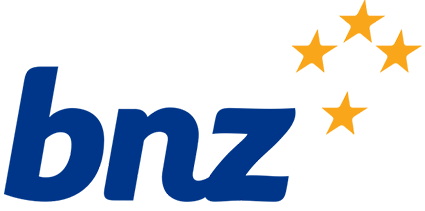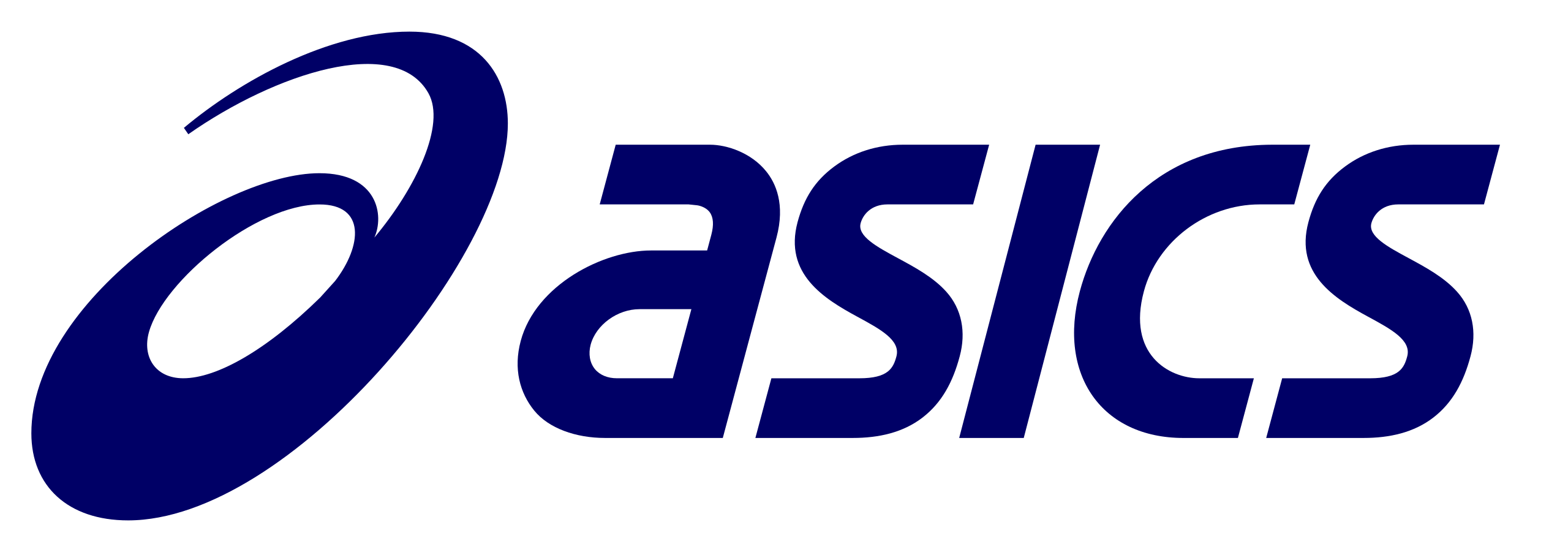Watch On-Demand
From Employee Engagement to Employee Commitment
In recent years, employee commitment has reached an all-time low. HR trends including the great resignation, “YOLO,” digital acceleration, “quiet quitting,” and the move to remote work have led to barriers to commitment resulting in soaring churn, recruiting costs, and difficulties in maintaining culture, with flow-on effects for customer experience and business outcomes.
On the flip-side, organisations with strong employee commitment have realised benefits including retention of top talent and customers, improved brand perception, reduced cost to serve and increased profits.
In this webinar, InMoment’s Senior Director of Employee Experience Consulting, Michael Lowenstein, shares the benefits of combining the power of satisfied employees with the impact of their firsthand knowledge of the customer.
Michael discusses:
- What YOLO is and why it should matter to EX and CX
- What ‘good’ EX looks like
- The difference between employee engagement, employee commitment and ‘voice of employee’
With employee voice increasingly considered a critical input to all business improvement initiatives, it’s more important than ever to know how you can build employee commitment at your organisation—whether you are just starting out in measuring EX or focused on building and optimising culture.

Michael Lowenstein, PhD CMC CCXP, is Senior Director, Employee Experience Consulting, with InMoment, and he specialises in employee analytics, stakeholder behaviour qualitative and quantitative research, predictive modeling, and employee lifecycle management, analysis and training. In senior leadership roles, he is broadly experienced as a visionary and innovative consultant in many b2b and b2c product and service industries; and his particular areas of professional proficiency and interest are impact of brand equity and online/offline social communication on downstream stakeholder actions, stakeholder community research, and how organisations build trust and authenticity through stakeholder centricity, and how they use multiple forms of stakeholder insight research and analysis, in reaching their strategic business goals.












